
Peoples and Languages
Social Media
Leave comments, suggestions, keep an eye on news in our groups on VK, Odnoklassniki and Telegram channel


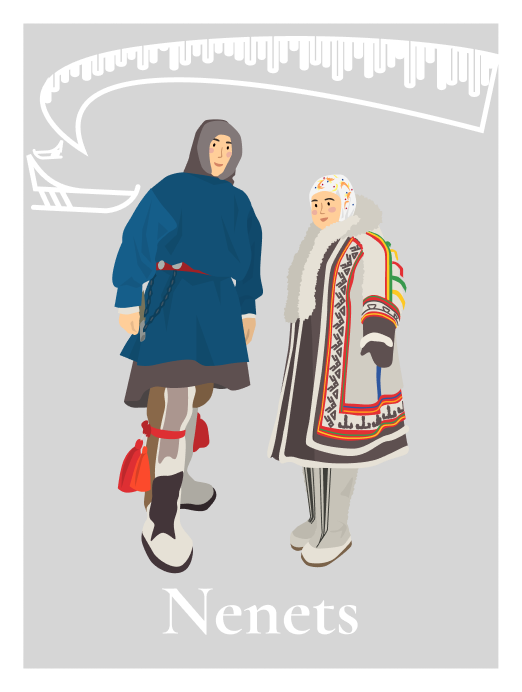
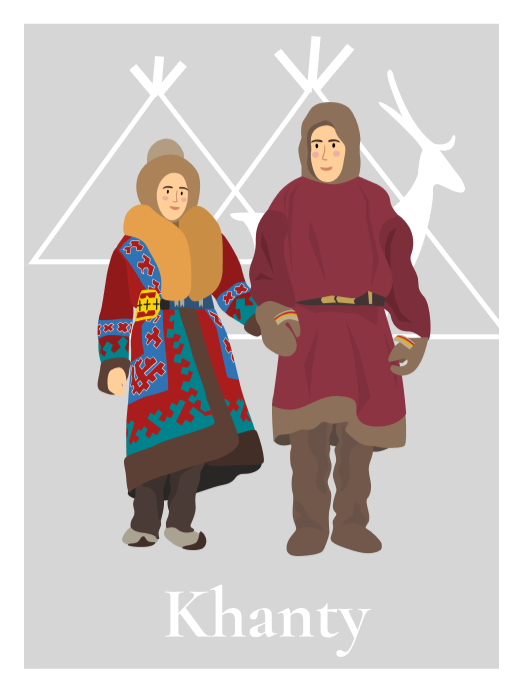


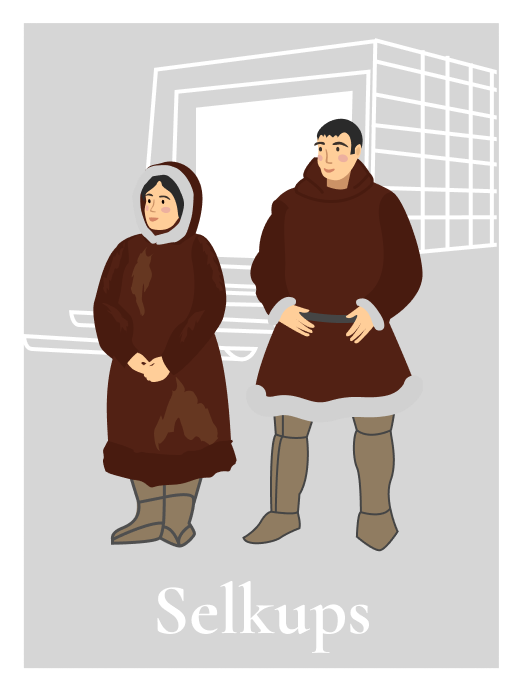
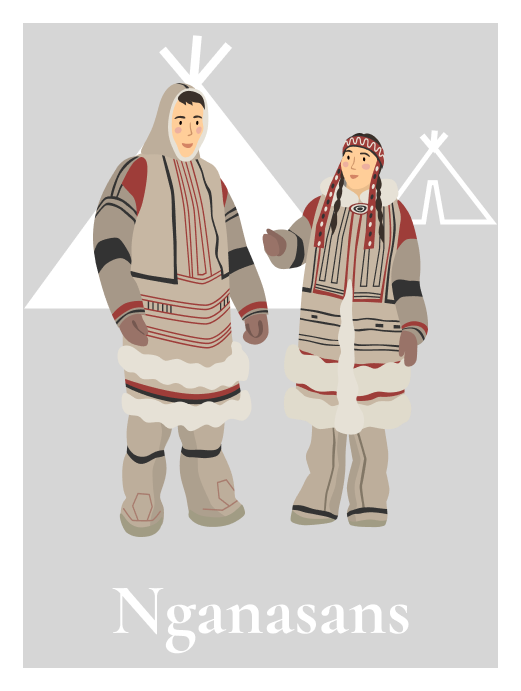
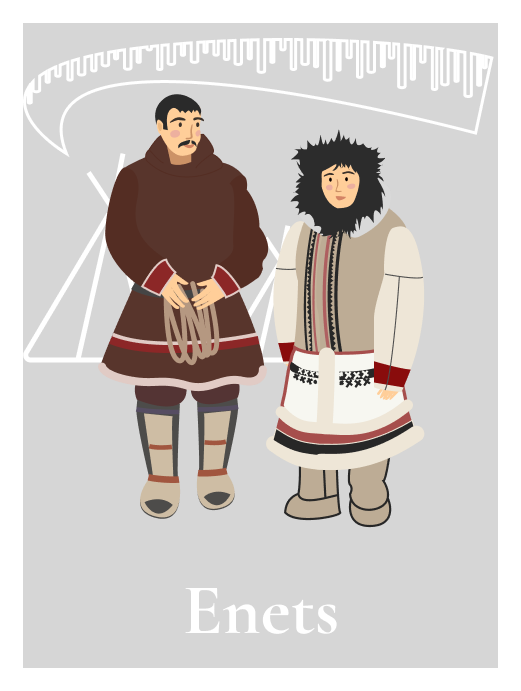
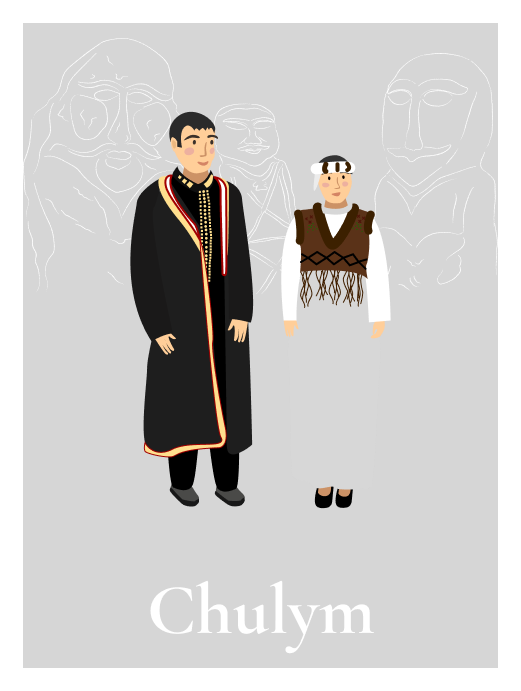
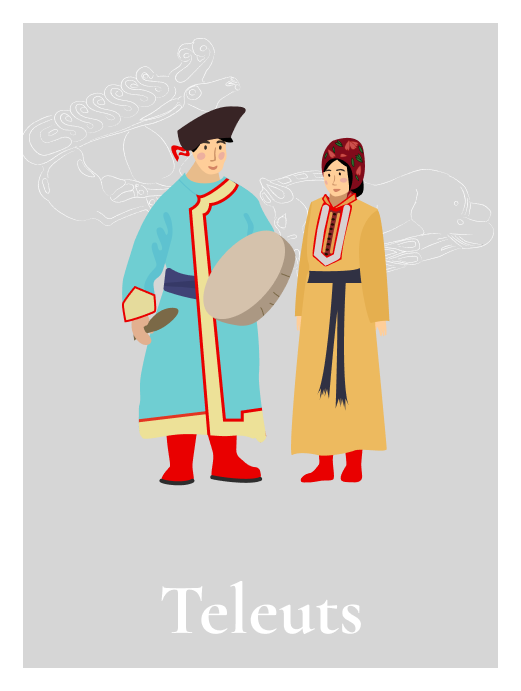


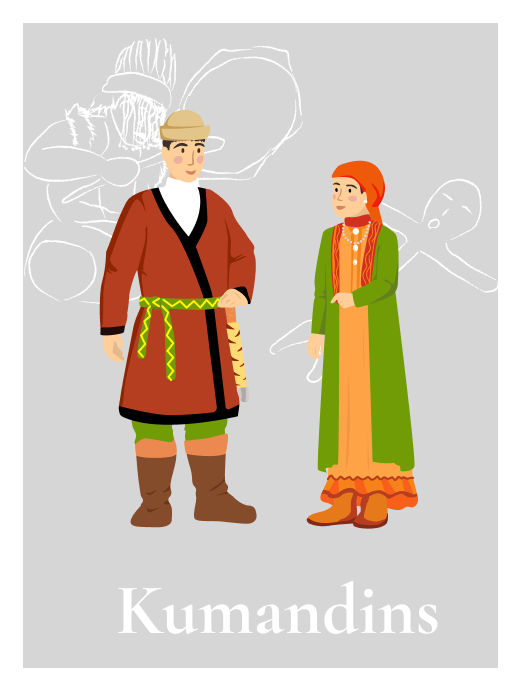

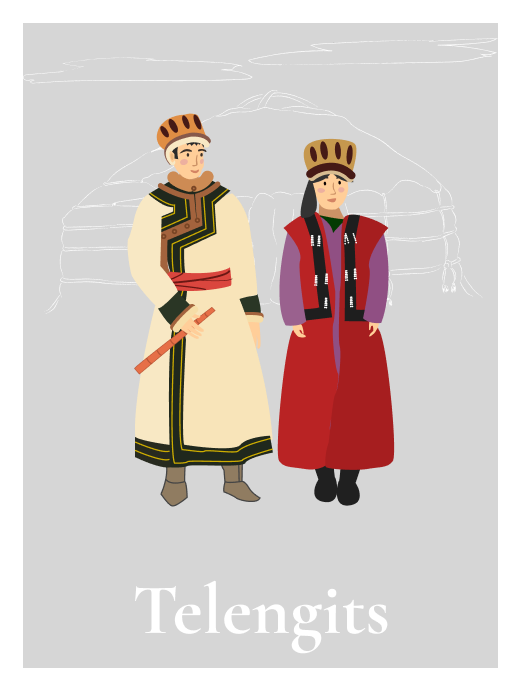

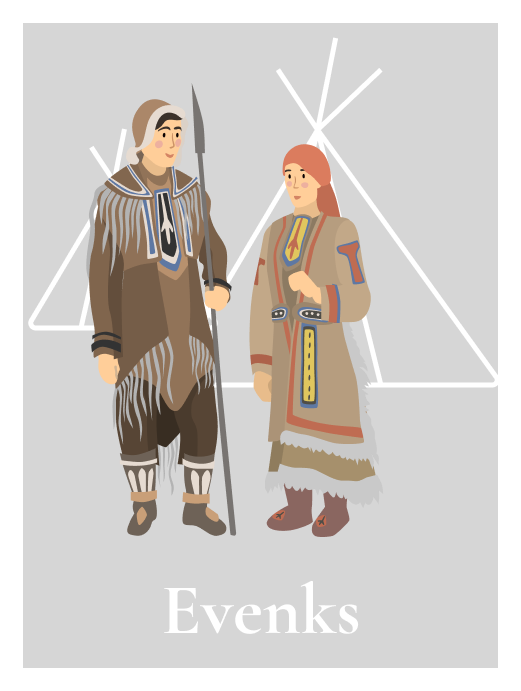
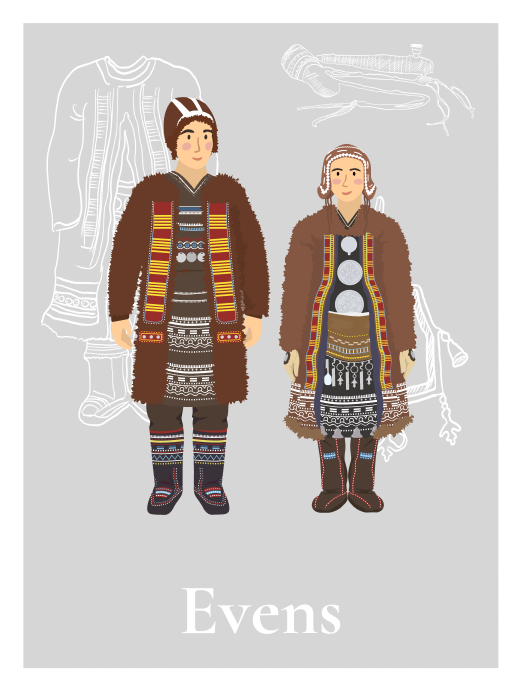
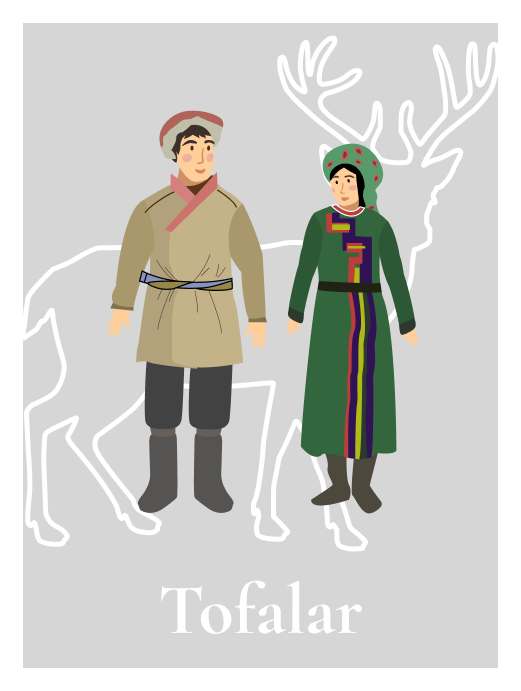
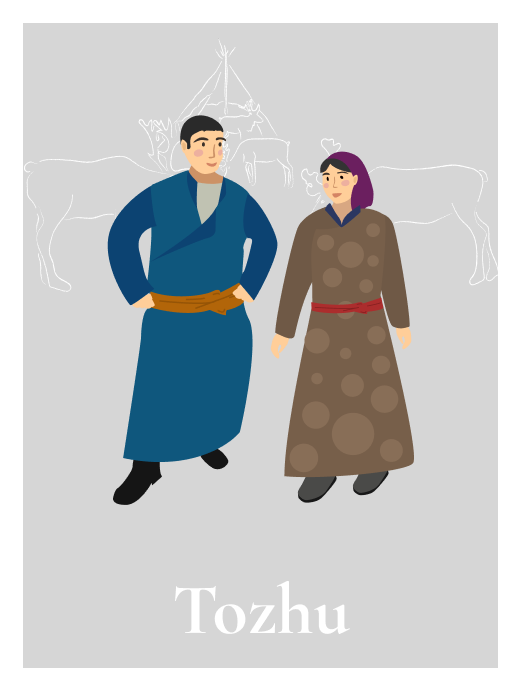
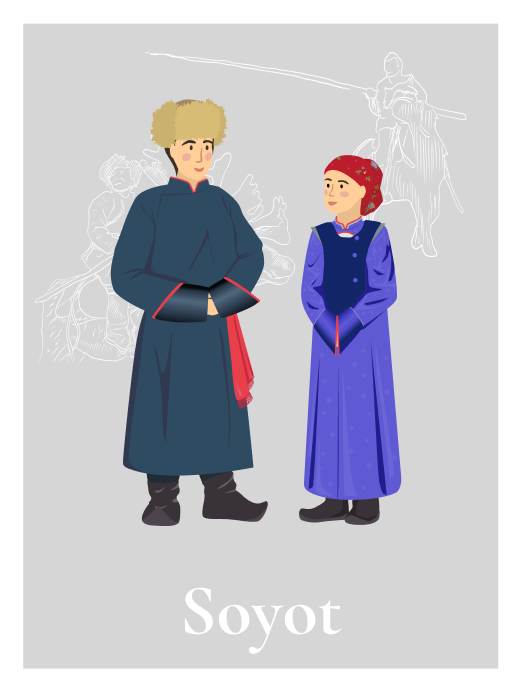
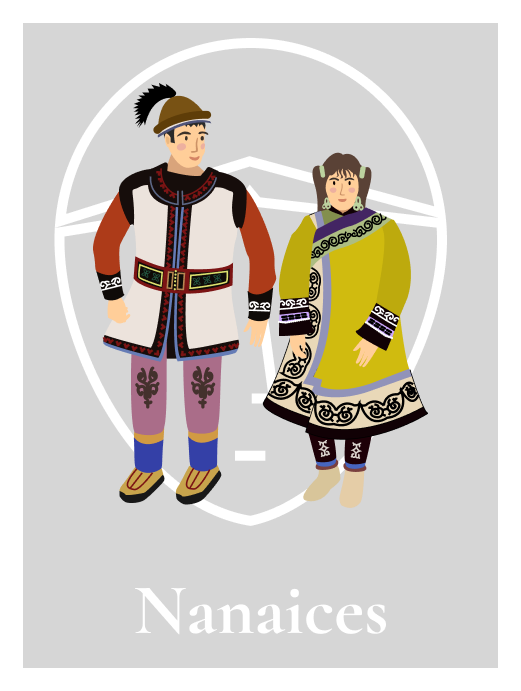
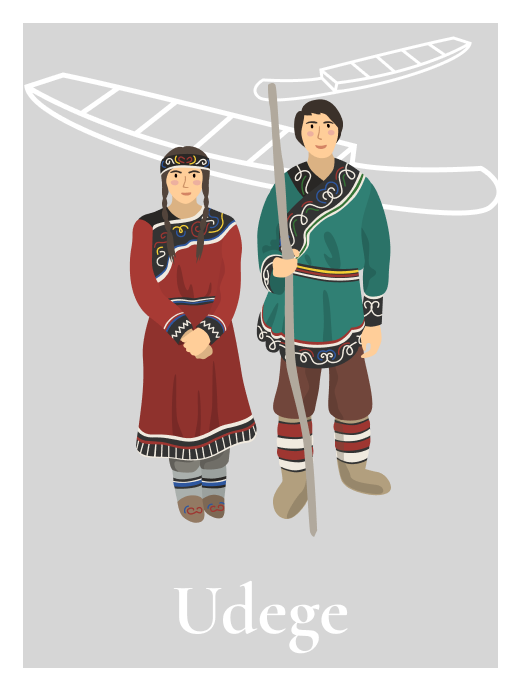

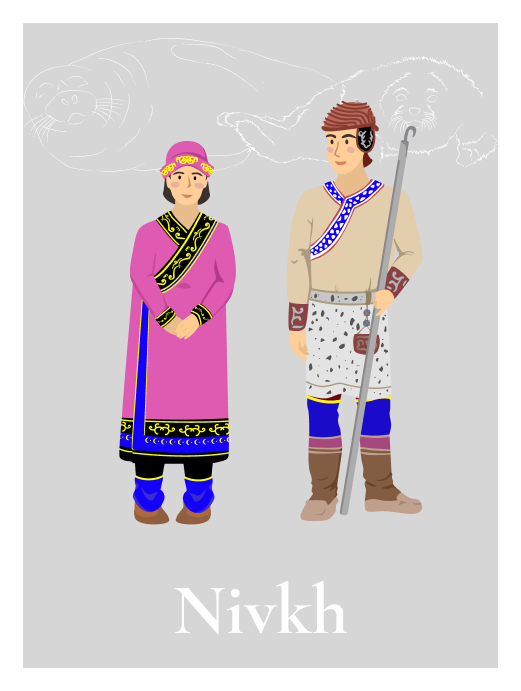
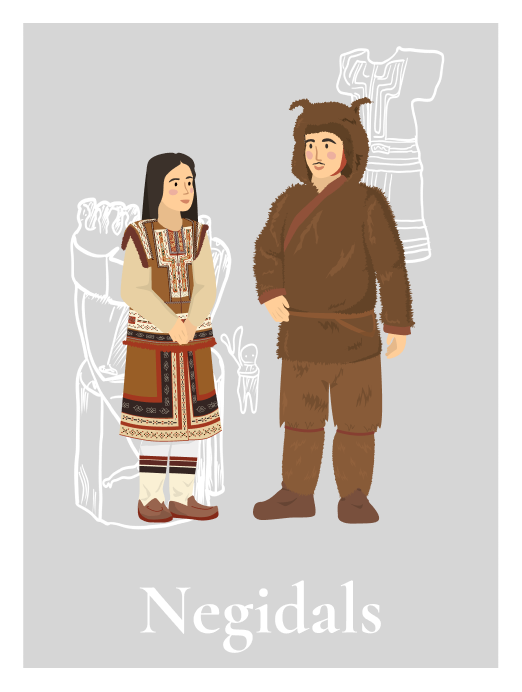
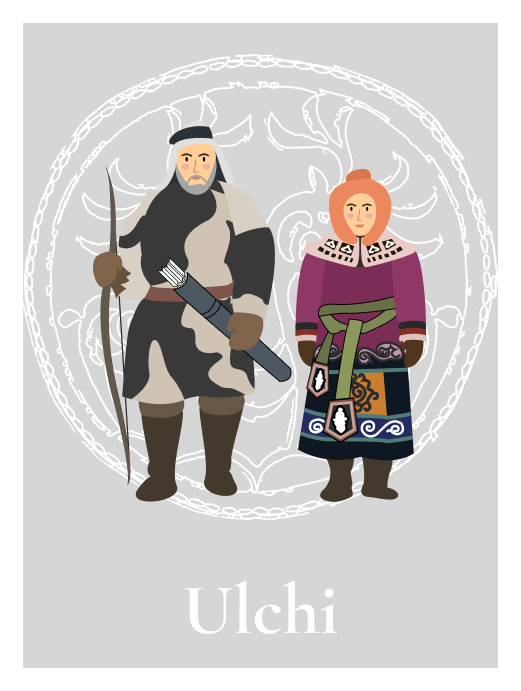


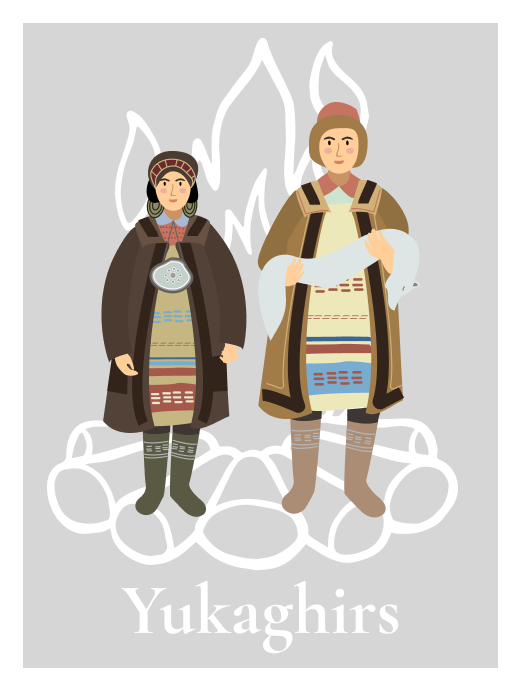
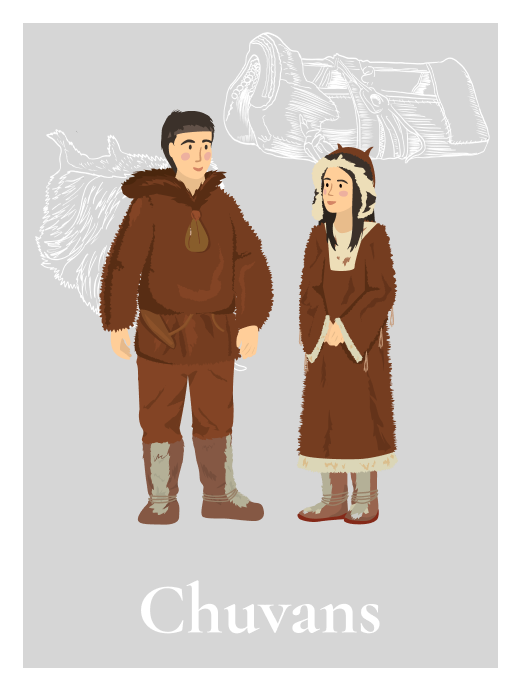
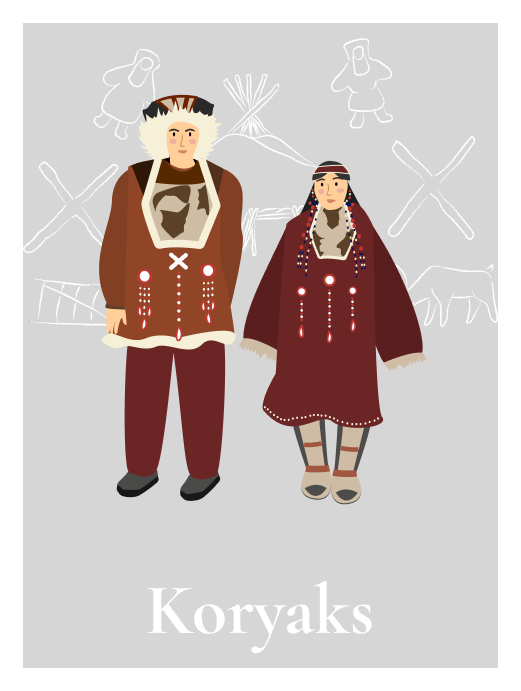

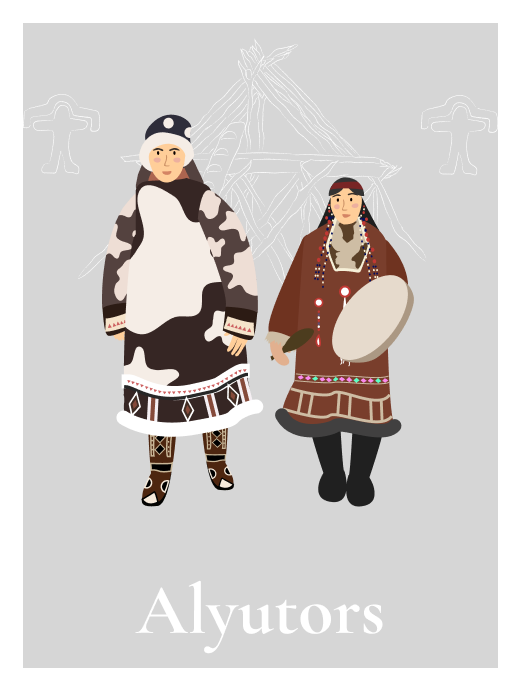


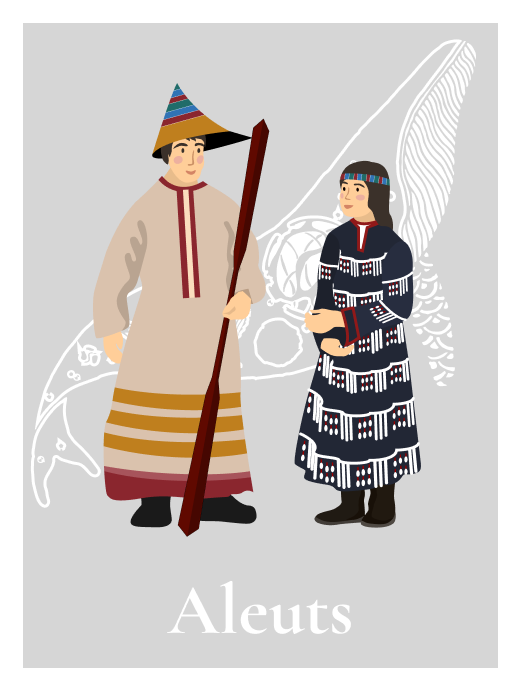

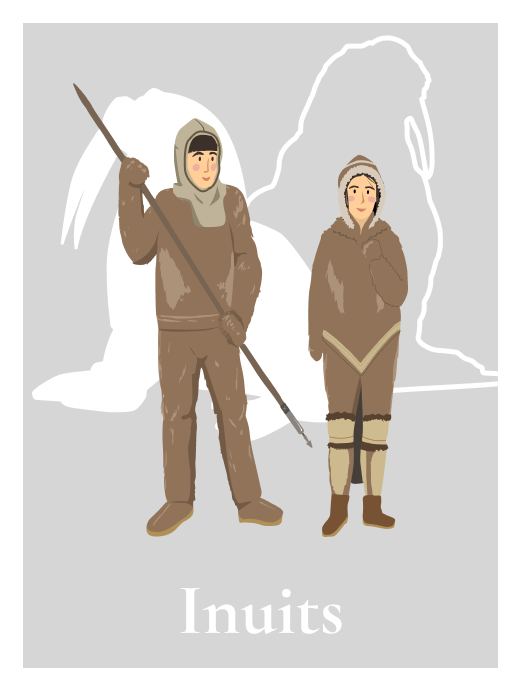
A group of related peoples, Inuits have settled widely along the Arctic coast of the US (Alaska) and Canada, in Greenland (Denmark) and along the southeast coast of the Chukotka Peninsula (Russia). They clearly see themselves as generally different from their neighbors, Native Americans in America and the Chukchi in Asia. However, Inuits have smaller ethnic groups within their larger community, with each group having its own dialect and specific cultural traits.
The Chukotka autonomous area is the northeasternmost region of the Russian Federation; it is part of the Far Eastern Federal District and borders with Yakutia in the west, with the Magadan region and the Kamchatka territory in the south, and Alaska (US) in the east. The entire District lies in Russia’s polar region.
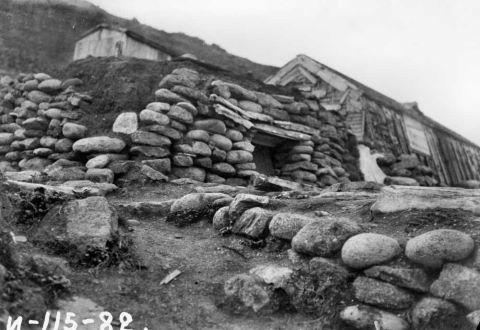
Traditional beliefs of Asian Inuits are close to those of the Chukchi. They were shamanists. The shaman was an intermediary between spirits and people. He exorcised diseases, helped people lost in the tundra or carried away on ice floe get back home; he influenced the weather and “summoned” game. Inuit shamans did not have special clothes, but they did wear pendants, fringes, and tassels. Shamans could be both men and women.